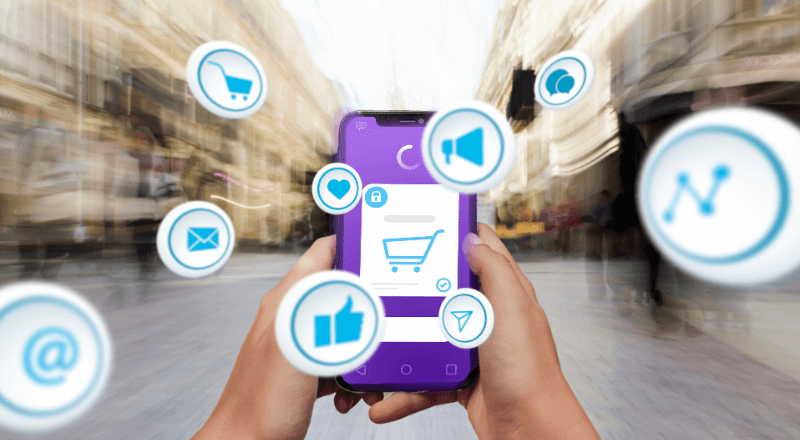
Today, companies are leveraging multiple channels to market their products or services more than ever before. However, these same companies often confuse omnichannel marketing and multi-channel marketing, and as a result, these brands might be using the wrong marketing strategy for their business.
Omnichannel marketing puts the customer at the center of the buyer’s journey and creates a unified experience across every channel. The keyword to stress is “unified” (“consistent” or “seamless” work as well). Omnichannel should not be confused with multi-channel marketing, which also uses multiple channels to communicate with their target audience but doesn’t necessarily integrate or coordinate messaging, often frustrating the target consumer.
Have you ever been targeted by a retailer with an email that contains a discount code for products or services different from what you see on the retailer’s Instagram, Facebook accounts, or the company website? When important sales campaign information is different from channel to channel, it is not only frustrating but also negatively impacts your brand. As marketers, we never want our brand to be associated with a lack of customer centricity!
Effective omnichannel marketing is not easy. Just think about all the different channels CMOs must deal with. For example, many of us begin each day looking at Facebook and Instagram to connect with our network on a personal level. Then, we check our personal email accounts and favorite news sources. At this point, it’s time to go to work, with the radio or a podcast playing in the car, the train, or the bus if we are heading to the office. Our commute is also filled with hundreds of visual stimuli, such as billboards and advertisements on the sides of vehicles along the way. Once we are at work, our attention may primarily be focused on corporate email and Microsoft Teams, with some LinkedIn and business-related websites sprinkled in. On the way home, you may stop at the supermarket, see point-of-sale advertising, and listen to Spotify. Finally, after dinner, you can stream a TV program or surf the net on your phone or tablet before bed. If you add up all these channels, it can be as few as a couple dozen and as many as a hundred in a day! The more channels, the harder a unified message becomes!
Which Brands do Omnichannel Marketing Well?
As a frequent traveler, I am very loyal to certain brands. One is Marriott, which, in my view, offers a solid omnichannel experience for its customers. At the center of their omnichannel strategy is their Bonvoy App. You can book and manage your reservation and access your rewards through the app. I use the app to check in and out and request services like early or late check-out and extra towels. Once you are in one of the 30 Marriott properties, I love using my mobile app as a room key (saving extra time at check-in), accessing Wi-Fi, and streaming shows from my personal account on their room TV. By using the app as a ‘one-stop shop’ for practically everything associated with the brand, Marriott is minimizing inconsistent experiences with their brand. By using omnichannel marketing effectively, Marriott is building loyalty, making it harder for me to consider staying anywhere else, which is sweet music to any CMO’s ears!
What brands use omnichannel marketing effectively, in your opinion? I’d love to hear!


